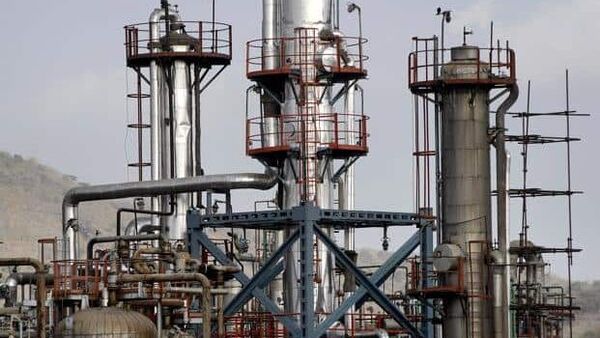
Chemicals play a crucial role in various industries, from manufacturing to healthcare. However, it is essential to acknowledge the potential hazards they pose. In this blog post, we will delve into the three significant hazards of chemicals, shedding light on their implications and providing insights into how to mitigate these risks effectively.
- Health Hazards:
Chemicals can have detrimental effects on human health, ranging from acute to chronic conditions. Exposure to toxic substances can lead to respiratory issues, skin irritations, and even life-threatening diseases. For instance, prolonged exposure to asbestos, a commonly used industrial chemical, can cause lung cancer and mesothelioma. Similarly, certain pesticides have been linked to neurological disorders. It is crucial to handle and use chemicals with utmost care, following safety protocols and utilizing protective equipment to minimize the risk of health hazards. - Environmental Hazards:
Chemicals can have severe consequences on the environment, contaminating air, water, and soil. Improper disposal or accidental spills can lead to pollution and ecological imbalance. For example, the release of industrial waste containing heavy metals into water bodies can harm aquatic life and disrupt the entire ecosystem. Additionally, certain chemicals contribute to air pollution, leading to climate change and respiratory problems. To mitigate environmental hazards, industries must adopt sustainable practices, implement proper waste management systems, and prioritize the use of eco-friendly alternatives. - Fire and Explosion Hazards:
Many chemicals are highly flammable or reactive, posing a significant risk of fire and explosions. Improper storage, handling, or mixing of incompatible substances can result in catastrophic incidents. For instance, the improper storage of combustible chemicals in close proximity to ignition sources can lead to devastating fires. Similarly, the accidental mixing of certain chemicals can trigger violent reactions, causing explosions and endangering lives. It is crucial to adhere to strict safety regulations, conduct thorough risk assessments, and implement appropriate fire prevention measures to minimize the potential for fire and explosion hazards.
Conclusion:
Chemicals are undoubtedly essential for various industries, but their hazards should never be underestimated. By understanding and addressing the health hazards, environmental impacts, and fire/explosion risks associated with chemicals, we can ensure a safer working environment and a healthier planet. Implementing stringent safety measures, promoting responsible chemical management, and fostering innovation for safer alternatives are crucial steps towards mitigating these hazards effectively.


